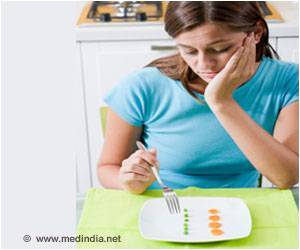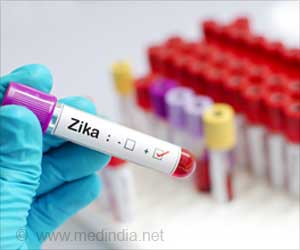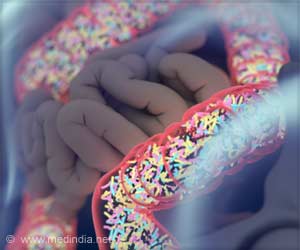The child nutrition indicators have also shown a slight improvement at the all-India level as stunting has declined from 38 per cent to 36 per cent and underweight from 36 per cent to 32 per cent at the all-India level. In all phase-II States/UTs, the situation has improved in respect of child nutrition, but the change is not significant as drastic changes in respect of these indicators are unlikely in a short span period.
The survey has found that the institutional births have increased substantially from 79 per cent to 89 per cent at the all-India Level. However, the institutional delivery is 100 per cent in Puducherry and Tamil Nadu and more than 90 per cent in 7 States/UTs out of 12 Phase II States/UTs. Along with an increase in institutional births, there has also been a substantial increase in C-section deliveries in many States/UTs especially in private health facilities.
On comparing the previous NFHS-4 and NFHS-5 data, the increase in full immunization coverage is observed to be expeditious in many states and UTs. Over 50 per cent of Phase-II States/ UTs are sharing over 10 percentage points during the short span of 4 years.
Dr. Vinod Kumar Paul, Member (Health), NITI Aayog and Rajesh Bhushan, Health Secretary, released the Factsheets of key indicators on population, reproductive and child health, family welfare, nutrition and others for India and 14 States/UTs clubbed under Phase-II of the 2019-21 National Family Health Survey (NFHS-5) here today.
The States and UTs which were surveyed in the Phase-II are Arunachal Pradesh, Chandigarh, Chhattisgarh, Haryana, Jharkhand, Madhya Pradesh, NCT of Delhi, Odisha, Puducherry, Punjab, Rajasthan, Tamil Nadu, Uttar Pradesh and Uttarakhand.
Source: IANS



